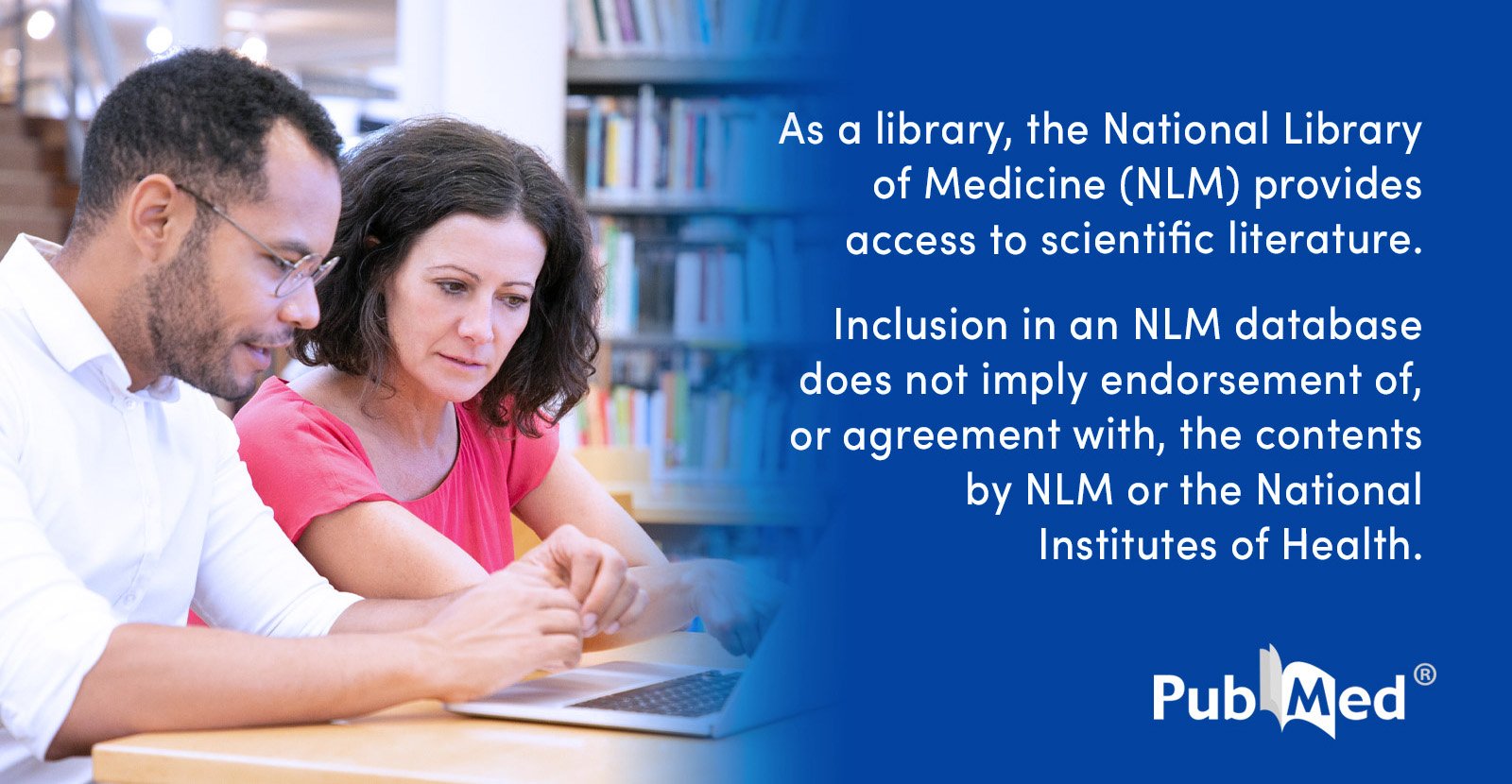- Joined
- Jul 14, 2020
- Messages
- 1,621
- Reaction score
- 4,726
I have never been affiliated with MSKCC. But the change in paradigm in the late 2000s/early 2010s was remarkable. A colleague (who had been affiliated with MSKCC) informed me in the early/mid 2010s that MSKCC was now SBRTing tons of people (I had previously thought of them as fractionation maximalists regarding prostate cancer). Zelefsky's own research output changed to emphasize ultra hypofractionation.
Ultra-high dose (86.4 Gy) IMRT for localized prostate cancer: toxicity and biochemical outcomes - PubMed
This report represents the largest data set of patients treated to ultra-high radiation dose levels of 86.4 Gy using IMRT for localized prostate cancer. Our findings indicate that this treatment is well tolerated and the early excellent biochemical control rates are encouraging.pubmed.ncbi.nlm.nih.gov

Dose-Escalated Intensity Modulated Radiation Therapy for Prostate Cancer: 15-Year Outcomes Data - PubMed
This report represents the longest follow-up data set to our knowledge of patients treated with high-dose IMRT for PC. Our findings indicate that it is well tolerated with 1.0% and 2.3% incidence of long-term grade 3+ GI and GU toxicity, respectively. The cohort had excellent PC-specific survival.
Above is 15 year f/u for high dose IMRT at MSKCC.
A couple things pop out to me. First, CSS is great, and cause specific mortality is only over 10% (and there just barely) in the high risk cohort. IMO, it gets very hard to improve on any CSS ~90% or better. My guess is judicious use of abiraterone or similar, combined with long course IMRT and ADT would have gotten their high risk cohort below 10%. There is very little room for academics to improve survival outcomes in this setting.
So what do academics do when they get CSS in a disease up around 90%? They start to de-escalate therapy and study impact through non-inferiority studies. This is not wrong.
However, it should also be noted that the reported toxicity in this series is unbelievably good. (This is not like trying to drop bleomycin from HL therapy). I must admit, MSKCC always seems to report close to zero toxicity long term for their patients (they do report significant acute toxicity in some of their SBRT work).
The main toxicities that academics address though hypofractionation studies in pCA are inconvenience and cost (perhaps not even germane to the MSKCCs of the world...hypofractionation begets larger market share). Often at the expense of some other toxicities (acute GU/GI).
Last edited:

